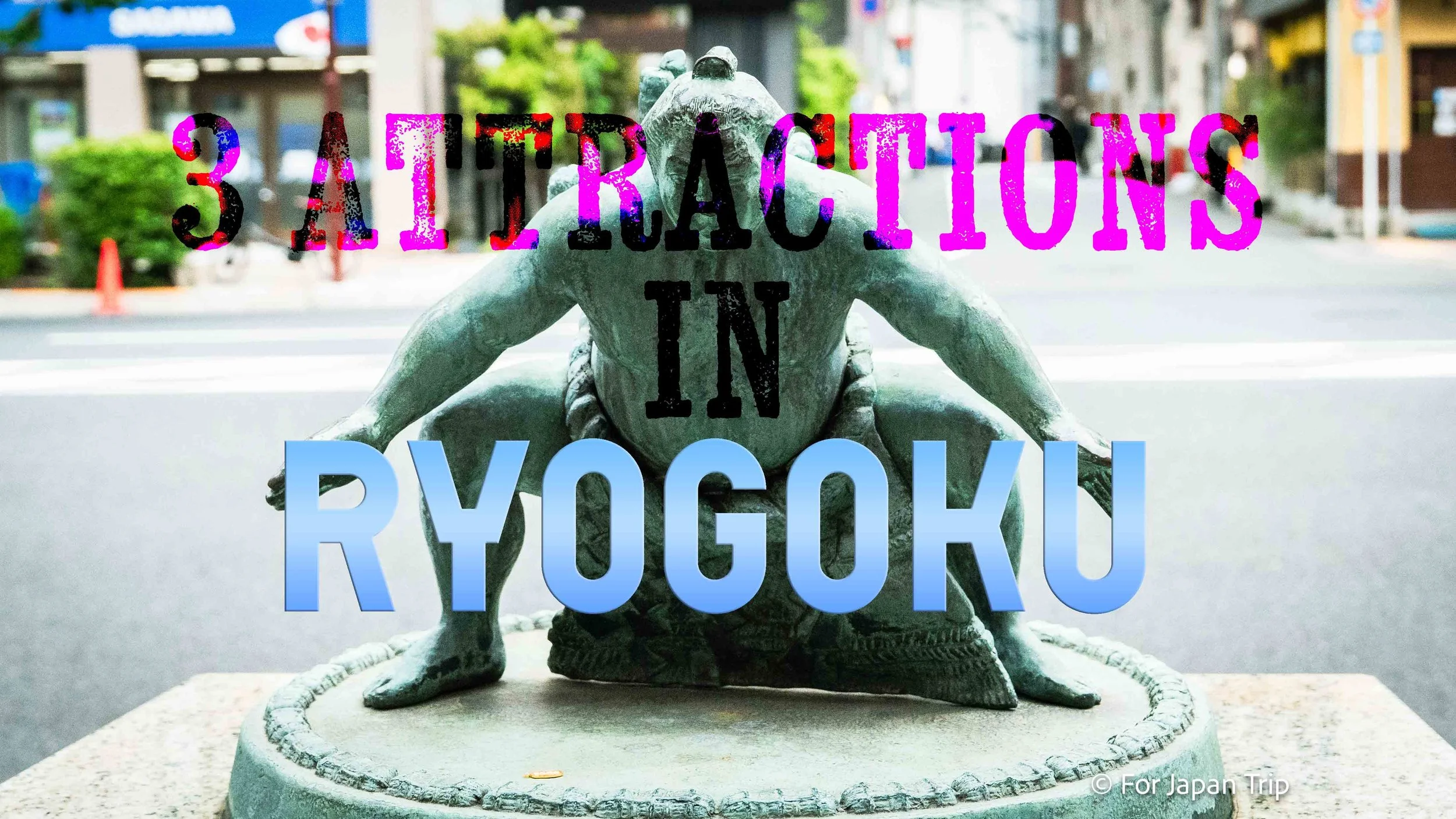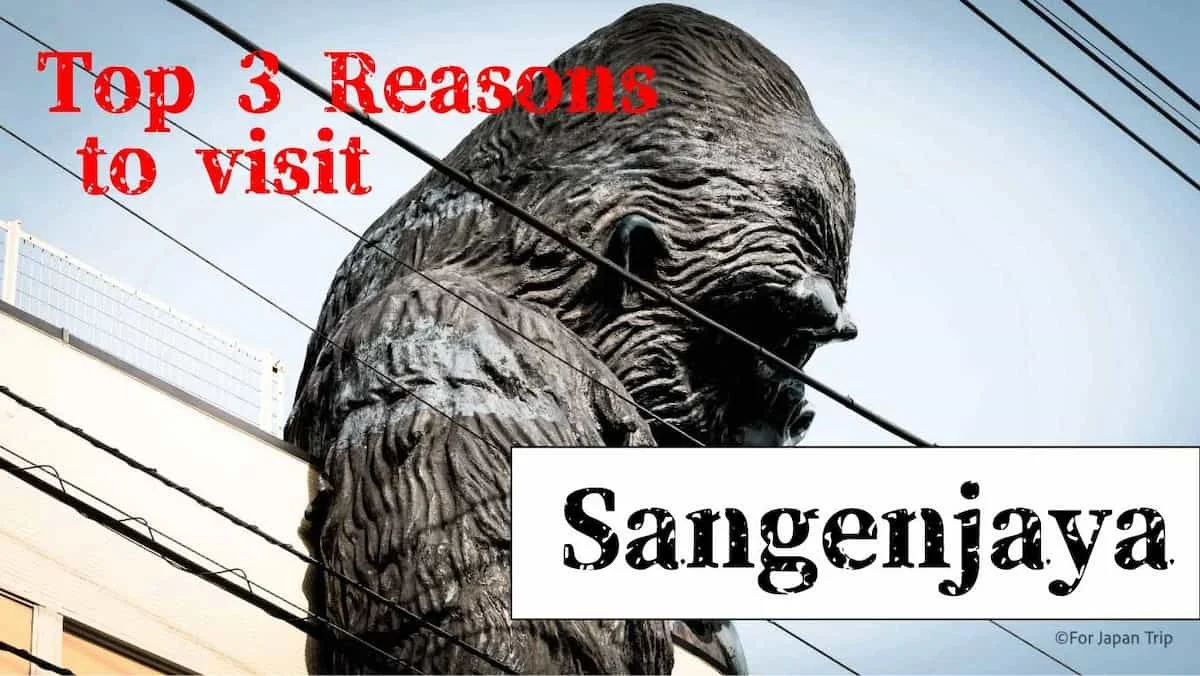Top Attractions to visit Minamisenju, Tokyo Travel
※updated on July 19 2025
Just a 15-minute train ride north of JR Tokyo Station lies Minami-Senju, a neighborhood that has been rapidly transforming through urban redevelopment and is now gaining popularity as a residential area.
One of the area’s most unique features is Sumidagawa Freight Station, one of the few remaining large-scale railway cargo stations in central Tokyo. It plays a vital role in the city’s logistics, supporting the transportation of food, industrial goods, and more.
Around Minami-Senju Station, you'll find rows of modern high-rise condominiums and newly developed housing complexes. Thanks to excellent access to central Tokyo, the area is especially favored by families looking for a convenient yet comfortable living environment.
While Minami-Senju is not yet widely known as a tourist destination, it offers a surprising number of hidden attractions. Public art installations and monuments are scattered throughout the neighborhood, offering a delightful experience for those who enjoy urban walks and discovering local culture.
In this article, we’ll introduce you to some of the must-see art pieces and monuments you can encounter while strolling through the streets of Minami-Senju—a true hidden gem in Tokyo waiting to be explored.
Just a short walk from the East Exit of JR Minami-Senju Station, you'll find a compact little plaza. In front of you is a rotary where taxis and private cars come and go—almost like a small transportation hub. This is Donau Plaza, named to commemorate the friendship between Tokyo’s Arakawa city and Donaustadt, a district in Vienna, Austria.
Standing quietly in the plaza is a bronze statue. Take a closer look and you'll see two delicate angels with their wings fully spread. The sculpture was installed as a symbol of the eternal friendship between the two regions. Especially in today’s world, this heartfelt piece resonates deeply.
Please be sure to peek between the two angels. From just the right angle, you’ll spot the Tokyo Skytree rising clearly in the distance. It's a lesser-known, feel-good photo spot that might surprise you.
From there, head north, and on your left you’ll come across LaLa Terrace, a commercial complex beloved by locals. It’s a go-to place for everyday shopping and dining. Continue walking for another 15 minutes or so, and you’ll reach a residential area called River Harp Court.
What makes River Harp Court unique is its outdoor art. Scattered throughout the property are 11 colorful sculptures, each offering a splash of creativity in the otherwise orderly and subdued neighborhood. It’s like stumbling upon a small open-air museum hidden within the city.
This brightly colored object seems to bring music and cheerfulness to the town. It fits perfectly in a play area for children and is a joyful piece that lifts the spirits of those who see it.
With its round yellow face, this charming character looks like it jumped straight out of a comic book. Its memorable and distinctive expression leaves a lasting impression.
This unusual creature, reminiscent of ocean waves, features a blue body and bright yellow eyes that add to its adorable appeal.
A colorful object modeled after a piano. This area is designed for children, and the music seems to brighten and soften the entire neighborhood.
Whether you're exploring the local culture or seeking out unique photo spots, Minami-Senju offers quiet charm and unexpected artistic gems just waiting to be discovered.
As you head west from JR Minami-Senju Station, one of the first things you'll notice is a bronze statue of Matsuo Basho, Japan’s most famous haiku poet. The Minami-Senju and Kita-Senju areas are historically associated with Basho, who lived and wrote during the 1600s. He is celebrated for expressing deep emotions and the beauty of nature in just a few simple lines of poetry.
One of his most iconic haiku is:
An old pond—
a frog jumps in,
the sound of water.
This timeless verse brought Basho international recognition. With just a few words, it captures the quiet stillness of nature and the beauty found in a fleeting moment. For anyone interested in traditional Japanese culture, this haiku is the perfect introduction to the world of haiku poetry and the Zen-inspired concept of awareness in everyday life.
Susanoo Shrine (Susanoo Jinja), located in Minami-Senju, Arakawa City, Tokyo, is a historic Shinto shrine with over 1,000 years of history. The shrine enshrines two deities: Susanoo-no-Mikoto, a god known for warding off disasters and illness, and Asuka-no-Okami. For centuries, locals have visited this sacred site to pray for protection against epidemics and misfortune.
Every June, the shrine hosts the vibrant Tenno Festival (Tenno-sai), during which portable shrines (mikoshi) are paraded through the streets — a rare chance to experience Tokyo’s living traditions up close.
Tucked away from the hustle and bustle of the city, the peaceful grounds of Susanoo Shrine offer a serene escape and a meaningful opportunity for international visitors to connect with authentic Japanese spirituality and culture.
Take a leisurely 13-minute walk west from Minami-Senju Station, and you’ll find several fascinating public artworks surrounding the local baseball stadium. This area may not boast major tourist attractions, but it offers quiet charm through art and history.
◆ “The Man on Horseback”
This whimsical statue depicts a man playing a saxophone proudly while riding a horse. His cartoon-like appearance adds a touch of humor and character to the scene.
◆ “Transformation of Love”
A striking sculpture of a man and woman merging into one form. It’s a symbolic expression of human relationships and may spark deep reflection on the nature of connection.
◆ “Afternoon”
A small girl stands with her arms open wide, a gentle smile on her face. The piece evokes the peacefulness and warmth of a calm afternoon.
◆ Sublimation
The sculpture depicts a figure with both arms raised, ascending toward the sky. Titled "Sublimation," the artwork beautifully captures the sense of rising heavenward, just as the name suggests. The harmonious combination of straight and curved lines adds to its aesthetic appeal.
You'll also encounter traces of Japan’s modernization history nearby:You'll also encounter traces of Japan’s modernization history nearby:
◆ Red Brick Wall of the Former Senju Woolen Mill
Built during the Meiji era as part of Japan’s industrialization, this red brick structure is a remnant of a woolen mill once promoted by the government. It stands as a quiet witness to Japan’s journey into the modern age.
◆ Birthplace of Cardboard Manufacturing
This area was the first in Japan to produce cardboard using imported British machinery and skilled engineers. It played a vital role as a center of innovation and industrial development during the country’s modernization.
While Minami-Senju may not offer flashy landmarks, it’s full of quiet surprises. For local residents, it’s a peaceful residential area—but for visitors, it’s a hidden gem where you can explore art and history away from the crowds. A perfect off-the-beaten-path destination in Tokyo.
While Minami-Senju may not offer flashy landmarks, it’s full of quiet surprises. For local residents, it’s a peaceful residential area—but for visitors, it’s a hidden gem where you can explore art and history away from the crowds. A perfect off-the-beaten-path destination in Tokyo.
Recommended Area


















